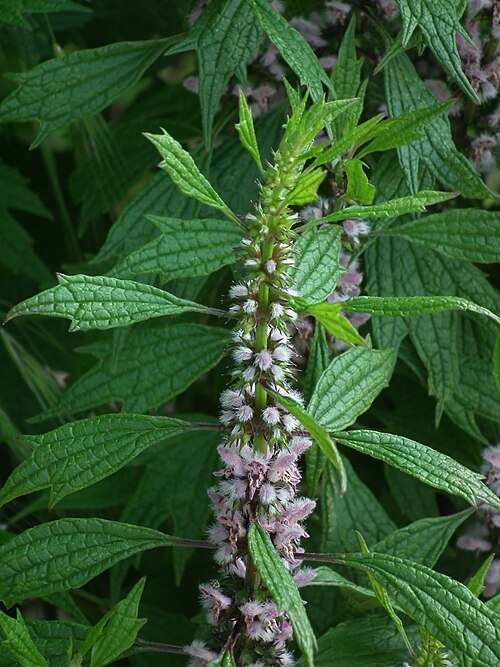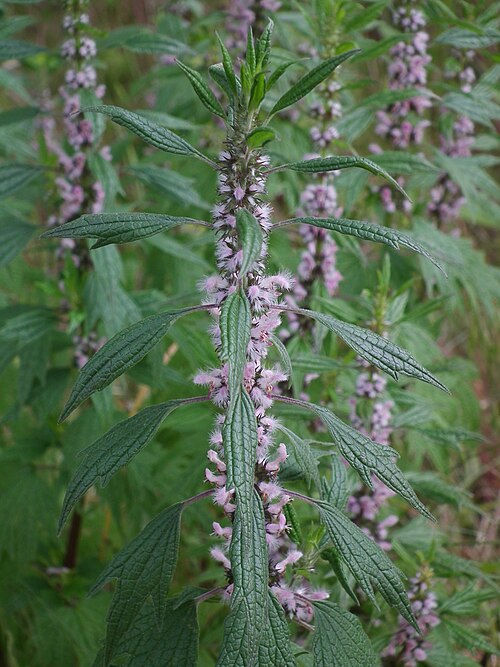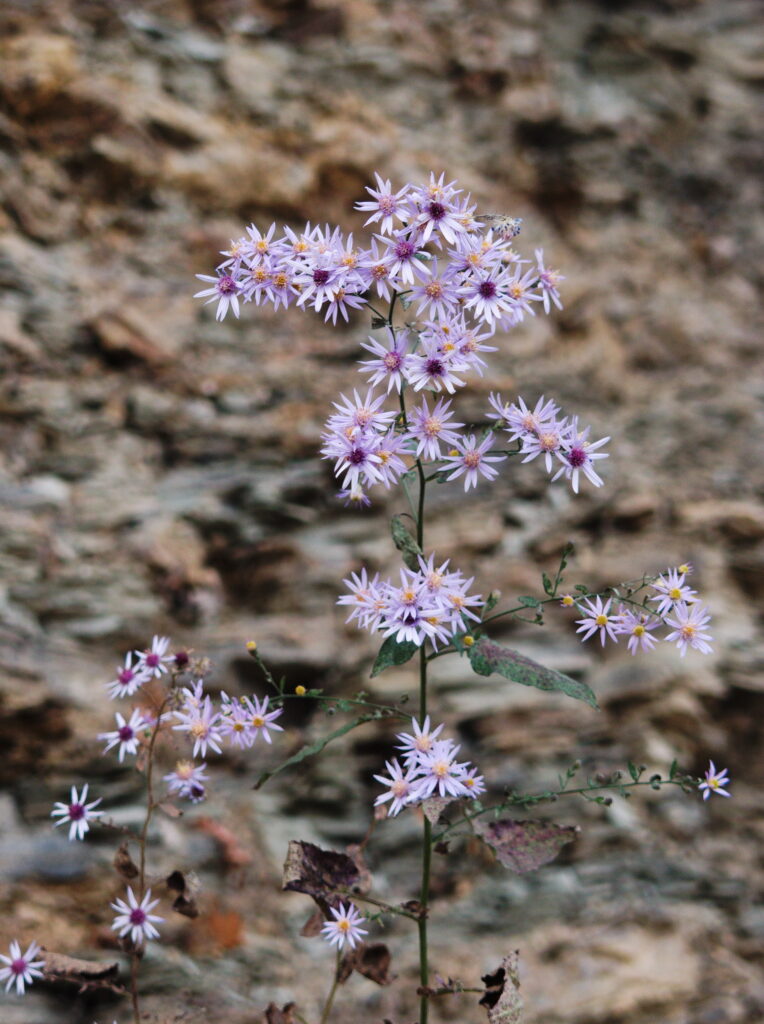
A late aster still blooming on a rocky ledge in the middle of November. Our identification is probable, but asters are notoriously hard to sort out, and more so when the leaves have withered.

Seeds of Butterfly Weed (Asclepias tuberosa) clinging to a split pod.

The pale cream flowers are distinctive, although occasional deep yellow variants occur. This is the largest-flowered cinquefoil that commonly grows wild in our area. It came from Europe and has established itself in vacant lots, unmown fields, and other places where humans have altered the landscape. These plants were blooming in a vacant lot in Beechview.


The leaves have five or seven parts, almost but not completely divided at the center.

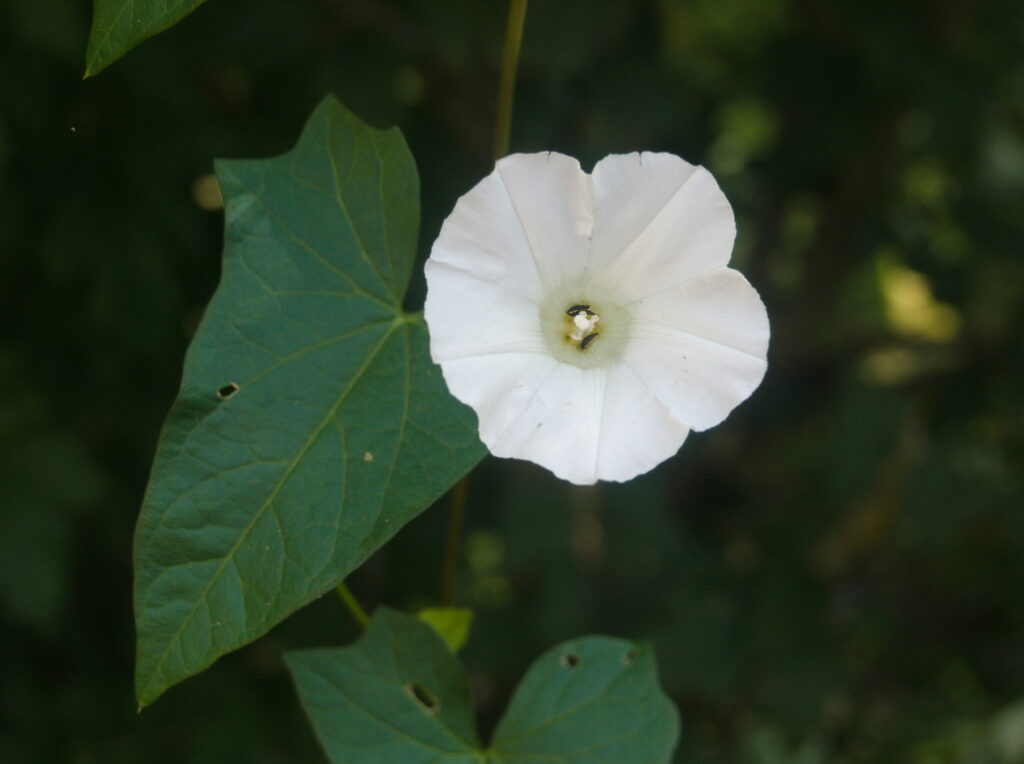
Sometimes called “Wild Morning Glory,” Hedge Bindweed loves hedges and chain-link fences. It is very weedy, but its flowers at least repay us for the nuisance. White is the usual color, but pink-and-white bicolors are fairly common. These plants were blooming in Beechview.
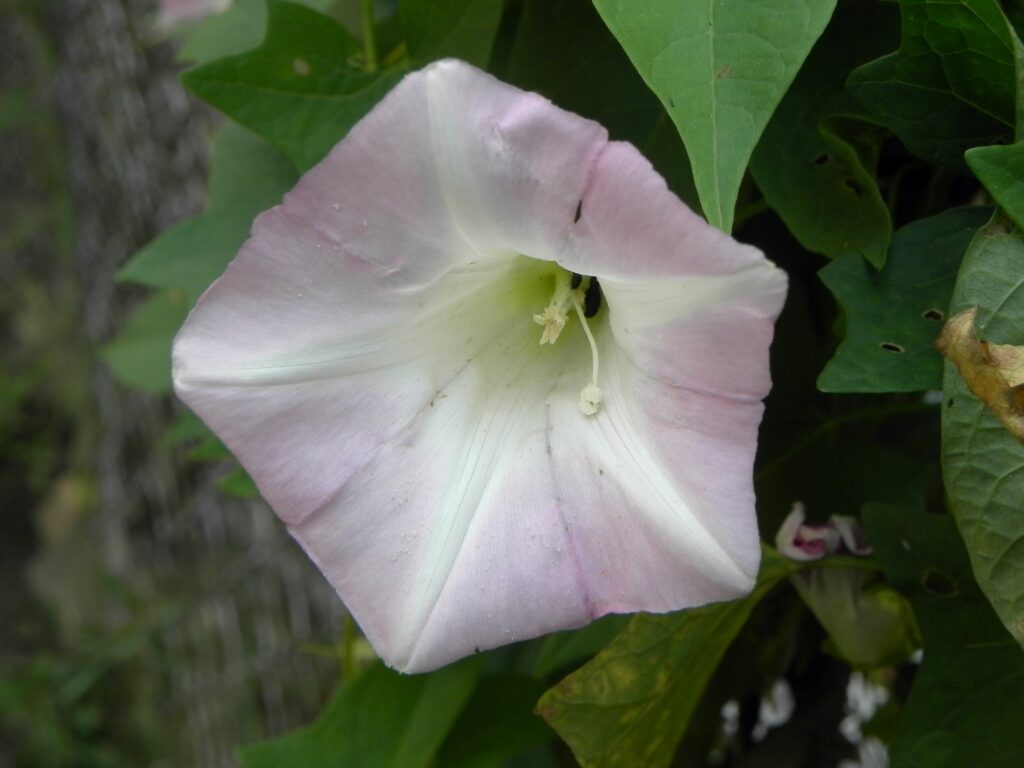
For a description of the species, see the Calystegia sepium reference page.
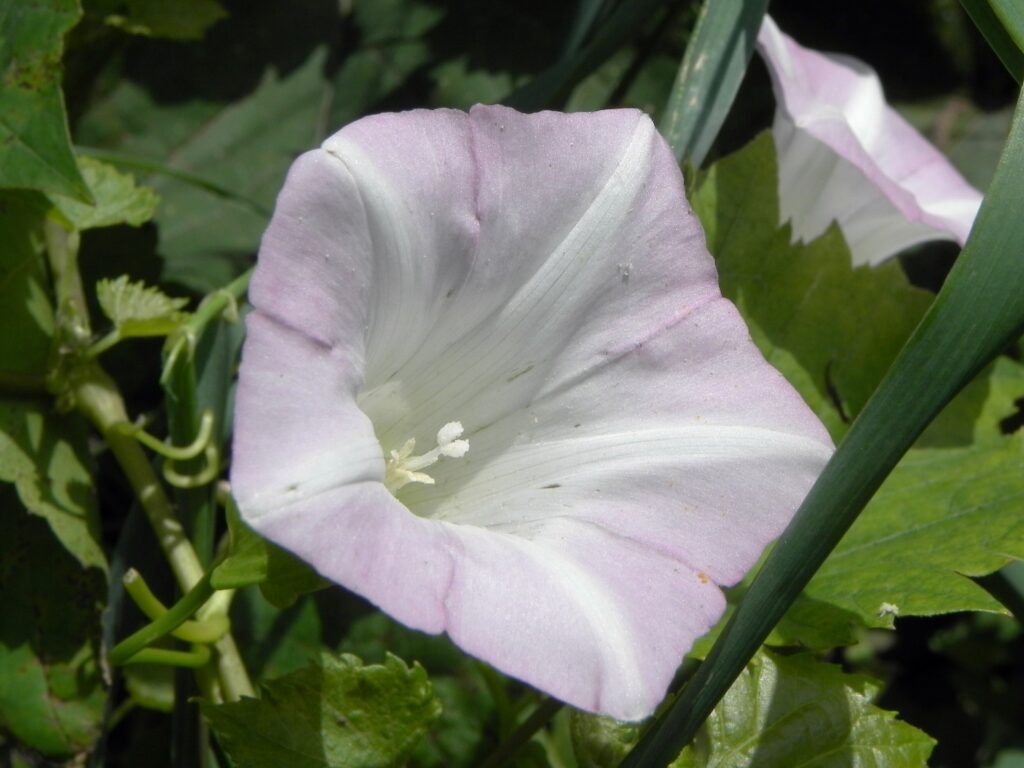
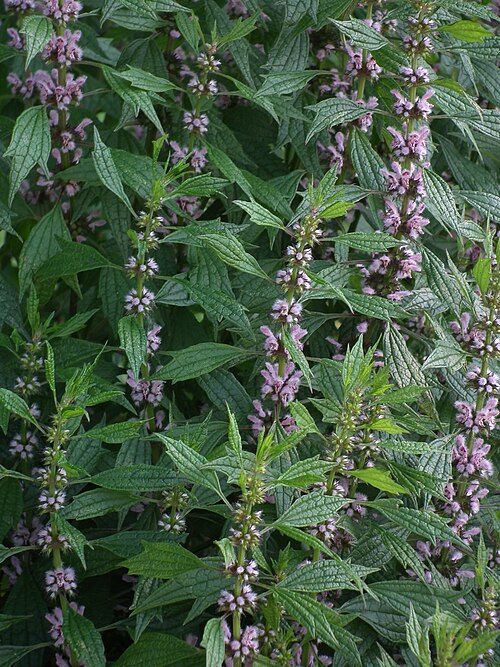
A member of the mint family whose furry little flowers grow in the leaf axils, forming a column in the center of the plant while the leaves project perpendicularly. The flowers themselves look soft and fuzzy, but the rest of the plant is unpleasantly prickly. This dense stand was growing along Fifth Avenue in Soho.
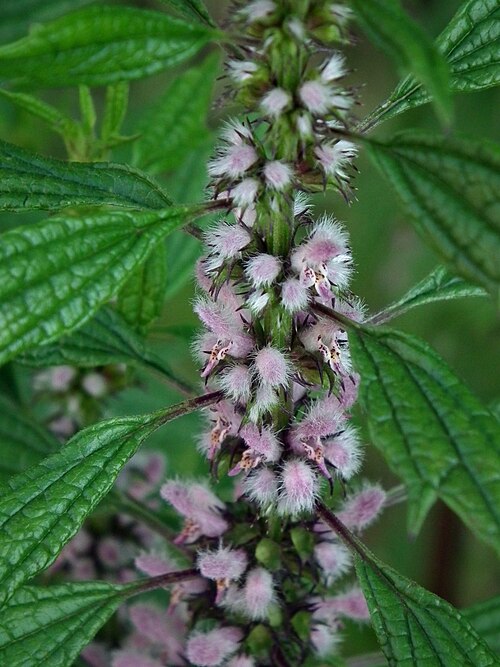
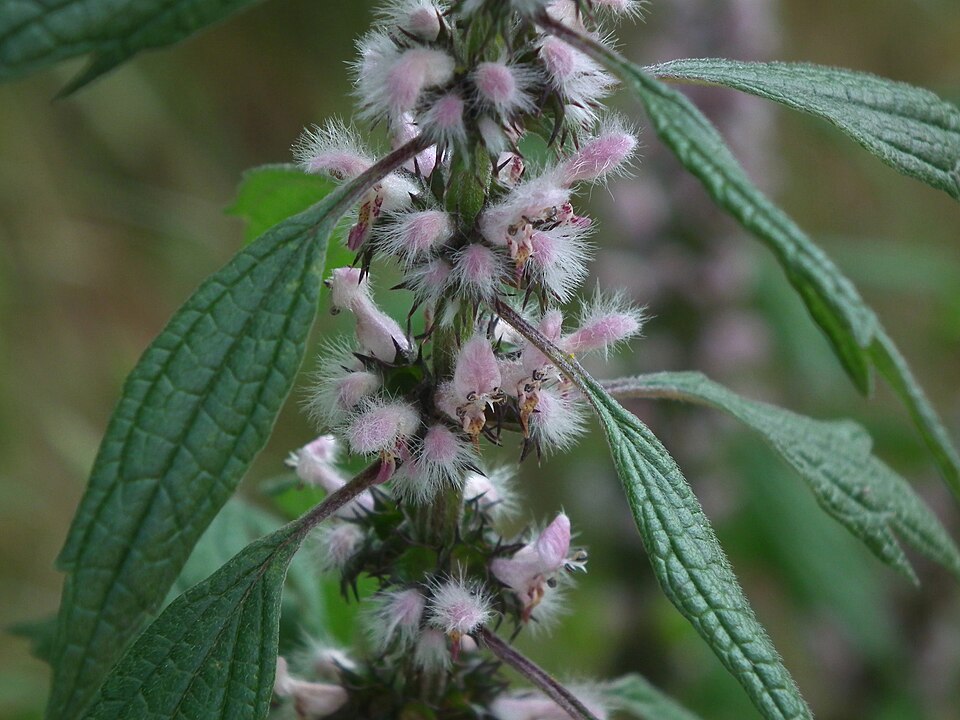
For a description of the species, see the Leonurus cardiaca reference page.
